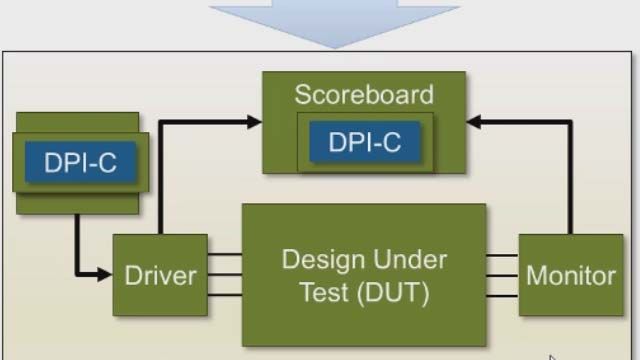FPGA, ASIC, and SoC Development with MATLAB and Simulink
Watch an overview of ways your projects can benefit by connecting MATLAB® and Simulink® to FPGA, ASIC, and SoC development. Learn about the variety of ways that customers can improve their productivity or even target FPGA hardware for the first time.
Highlights include:
- Challenges of FPGA, SoC, and ASIC design verification
- Importance of collaboration between algorithm developers and hardware design and verification teams
- Exploration of hardware and SoC architectures and how to automatically generate HDL code
- Algorithm-level hardware design IP for wireless, vision, radar, and AI applications
- Techniques to reuse MATLAB and Simulink to speed up RTL verification
Published: 13 Jul 2022





